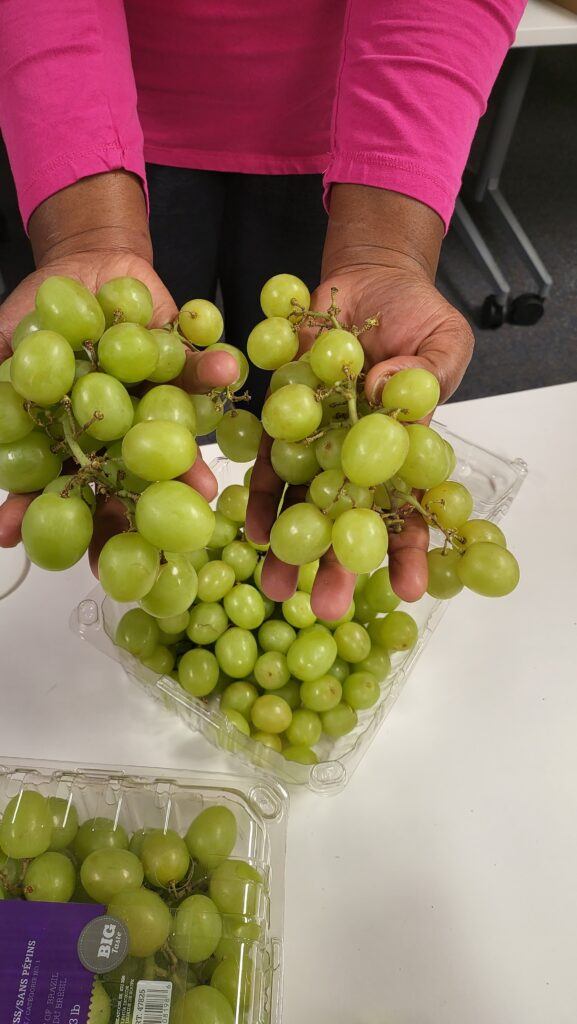Strengthening Local Food Systems
1. Community-supported agriculture (CSA) programs
Community-supported agriculture (CSA) programs are an incredible way to strengthen local food systems. These programs connect consumers directly with local farmers, providing fresh, seasonal produce while giving farmers a reliable income. By joining a CSA, you’re not just getting fresh veggies, you’re supporting local livelihoods.
2. Urban farming
Urban farming is another game-changer. Transforming vacant lots or rooftops into thriving gardens can boost local food production and make fresh produce accessible. It’s impressive how much can grow in urban spaces when people come together with a bit of effort and creativity.
3.Community Gardens
Community gardens can help fight food insecurity. Community gardens have positively impacted the ability of people to access healthy food, improved nutrition, encouraged physical activity, and through real social interaction, they have even strengthened participants’ mental health. Gardens have been a crucial aspect of many cultures in history. In the past, community gardens were commonly used to provide food for families all year-round. During WWII, victory gardens were an important source of food for American families.
4. Farmers’ markets
Farmers’ markets are another great link between local food producers and the community. They cut out the middleman, offering fresh, affordable food right from the source. A trip to the farmers’ market isn’t just about buying produce; it’s about building relationships and supporting your local economy. If you reside in Whitby, or you’re just visiting, learn about the Whitby Farmer’s market here.
Engaging with Nonprofits and Local Organizations
Get involved by volunteering your time or skills. The honest truth is this – non profits can’t do it alone. From sorting food donations to organizing events, you’re helping them run more smoothly and reach more people.
Every bit helps, and it’s all about rallying folks around a cause that matters. Plus, these activities can be fun and help spread awareness.
Nonprofits and community groups thrive on collaboration and creativity. Whether it’s educating, feeding, or advocating, there’s always room for more hands through volunteering or donations. It’s the collective effort that builds resilient communities, tackling hunger head-on.
Promoting Education and Awareness
Workshops on nutrition and budgeting can really empower families to maximize their resources. Simple cooking classes using affordable ingredients can go a long way in teaching tasty and nutritious meal preparation. You don’t have to be a master chef to eat well on a budget, that’s for sure.
Schools are key in integrating food education into their curricula. Programs that teach kids about where food comes from and how to make healthy food choices can have lifelong benefits. It’s amazing what hands-on learning experiences, like starting a school garden, can do in terms of education and engagement.
Media campaigns and social media can raise awareness about local hunger issues effectively. Sharing stories and statistics can bring home the reality of food insecurity right in your community, driving more people to get involved. Sometimes, just knowing the problem exists can motivate action.
Educational programs that focus on self-sufficiency skills, such as gardening or cooking, equip people for a lifetime. Encouraging these skills builds confidence and independence, making a real difference in people’s lives. It’s about teaching someone to fish, not just giving them a fish.
Advocating for Policy Changes and Support
Direct engagement with policymakers can kickstart necessary changes to address hunger at its roots. Attend town hall meetings, write letters, or even make phone calls to your local representatives. Your voice matters, and it can help to push for stronger support systems and fair food policies.
Creating community action plans targets hunger more effectively. Collaborating with others in the community to outline clear goals and strategies can streamline efforts and make sure everyone’s on the same page. It’s a bit like having a map when you’re on a road trip.
Lobbying for food assistance programs is crucial. These initiatives provide a safety net for the most vulnerable, ensuring that they have access to essential nutrition. Encouraging government bodies to maintain or increase funding for such programs needs ongoing community pressure and support.
Building partnerships between the government and private sector can pave the way for more sustainable and far-reaching hunger solutions. When these two worlds come together, they can innovate and implement impactful solutions more quickly and effectively.





